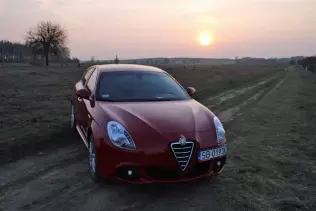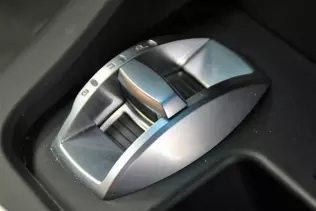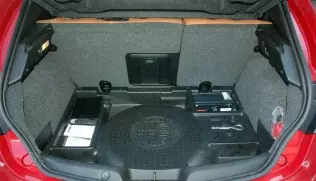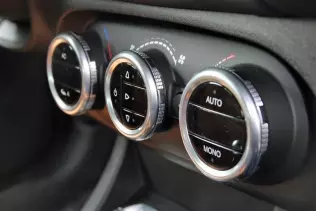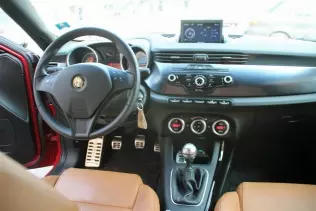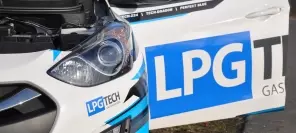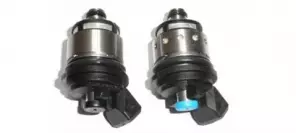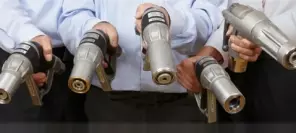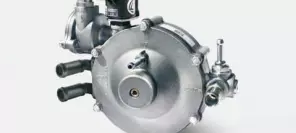- Main page
- Search
- Up to date
- Products
- Technology
- Vehicles
- Video
- Conversion Payback Simulator
Port Injection - Conversion Payback Simulator
Direct Injection - Conversion Payback Simulator
Diesel - Newsletter
Alfa Romeo Giulietta LPG - the heart eater
- Home page
- Up to date
- Reportages, interviews, road tests
- Road tests
- Alfa Romeo Giulietta LPG - the heart eater
« Powrót
 loading results...
loading results...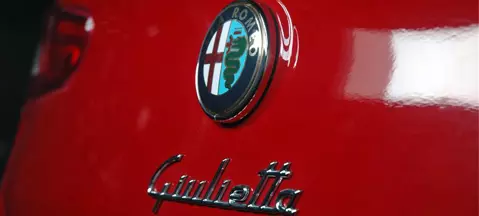 © gazeo.com
© gazeo.com 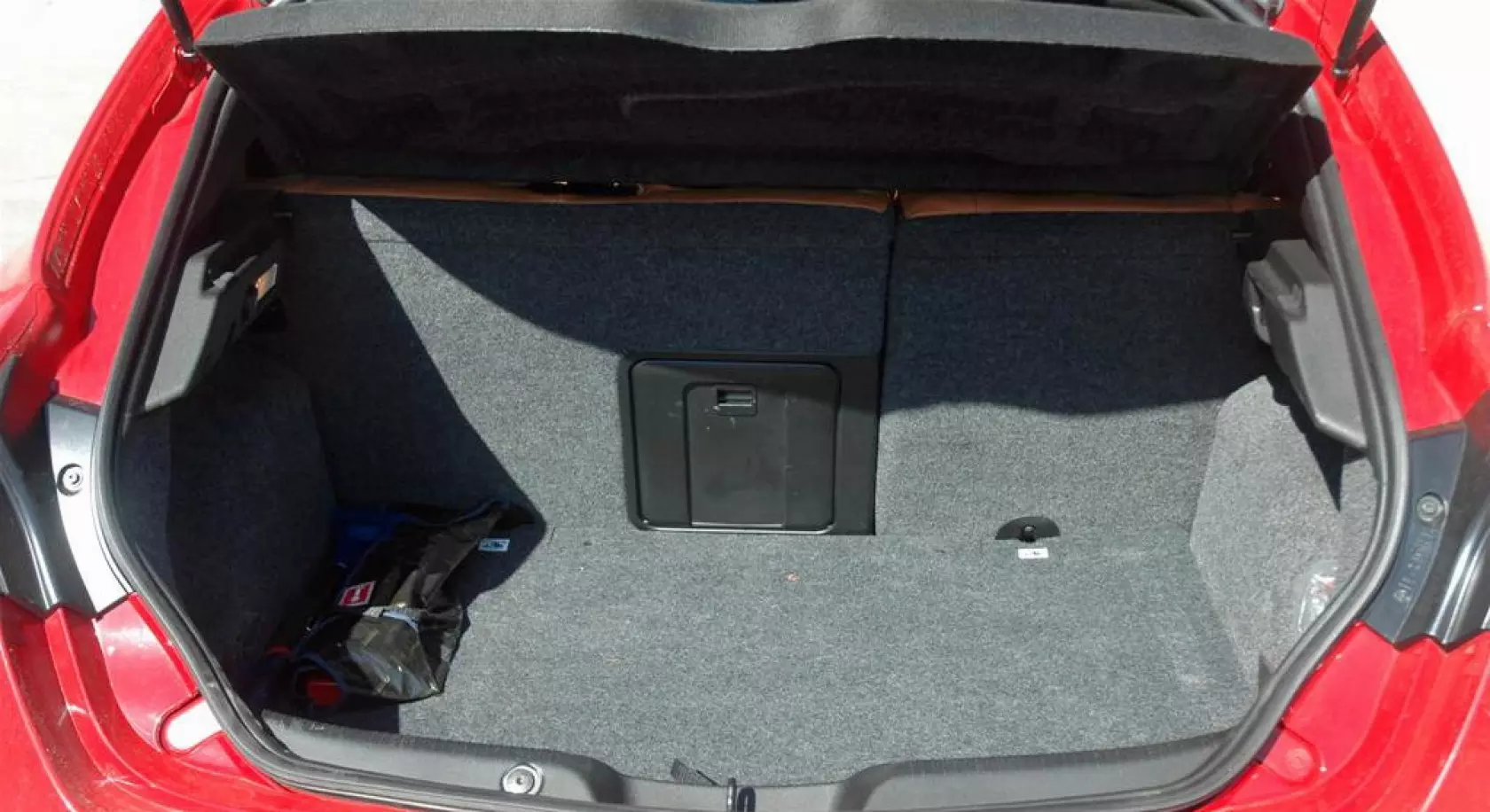 The trunk in all its glory. Would you be able to tell it's only 275 l?
The trunk in all its glory. Would you be able to tell it's only 275 l?  And here's the one responsible for the shrinking of the boot - the 38-litre LPG tank
And here's the one responsible for the shrinking of the boot - the 38-litre LPG tank  Introducing the LPG system, starring the ECU
Introducing the LPG system, starring the ECU  Also starring: the reducer...
Also starring: the reducer... 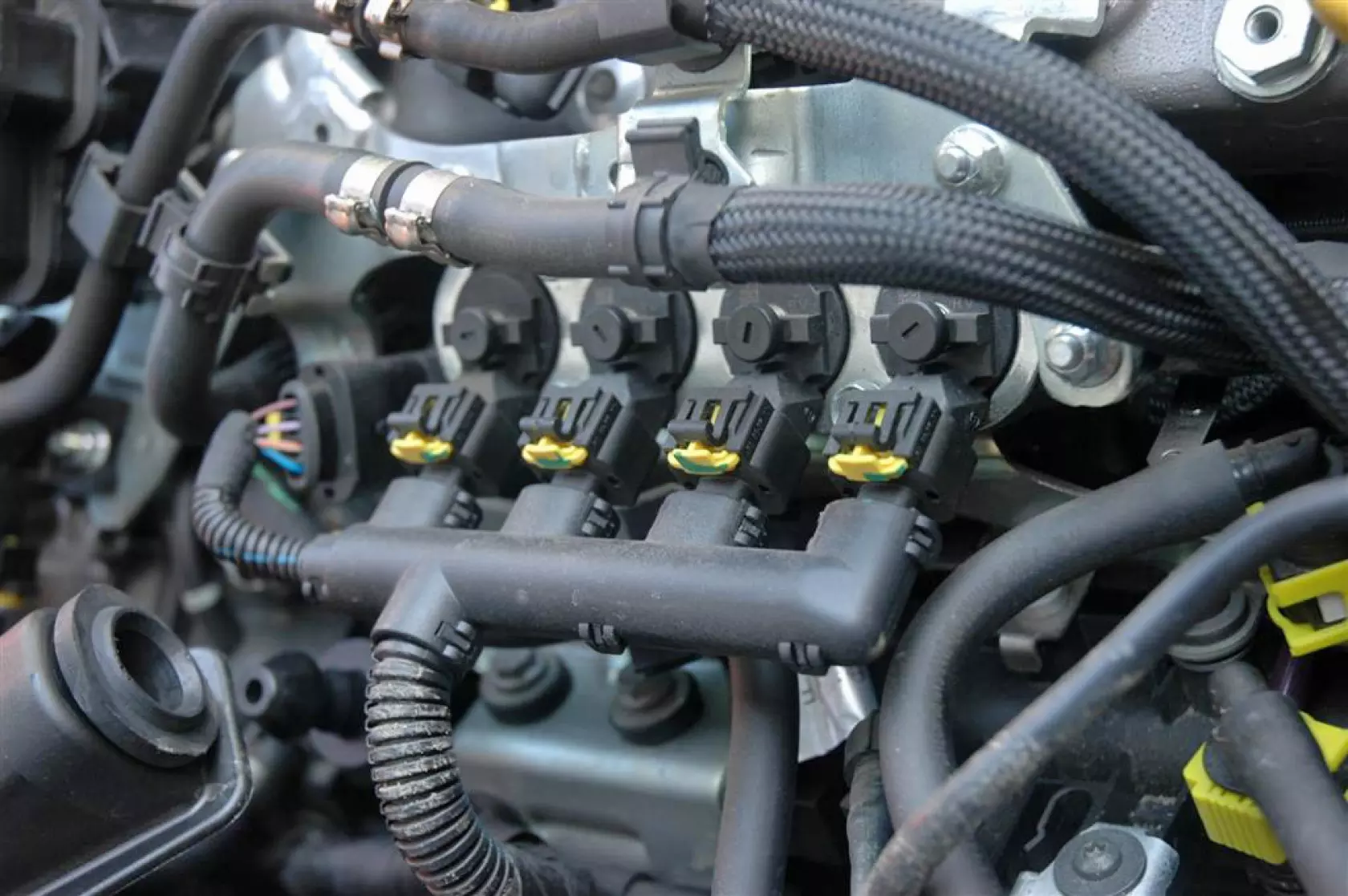 ... the injector rail...
... the injector rail...  ... and the vapour state LPG filter. Together they make for a remarkable flick
... and the vapour state LPG filter. Together they make for a remarkable flick 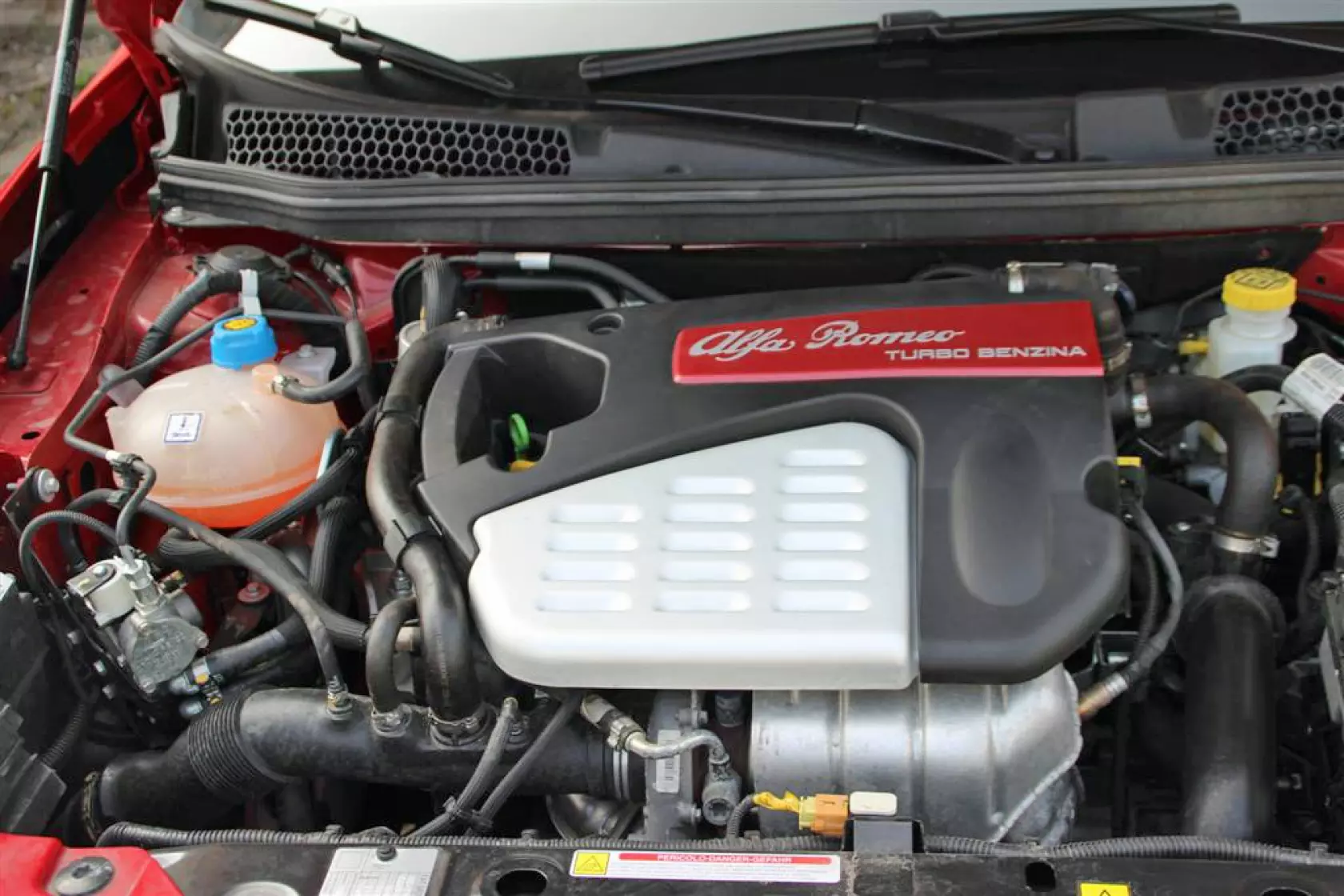 A lady should never expose too much, so the Giulietta wears a veil upon her engine
A lady should never expose too much, so the Giulietta wears a veil upon her engine 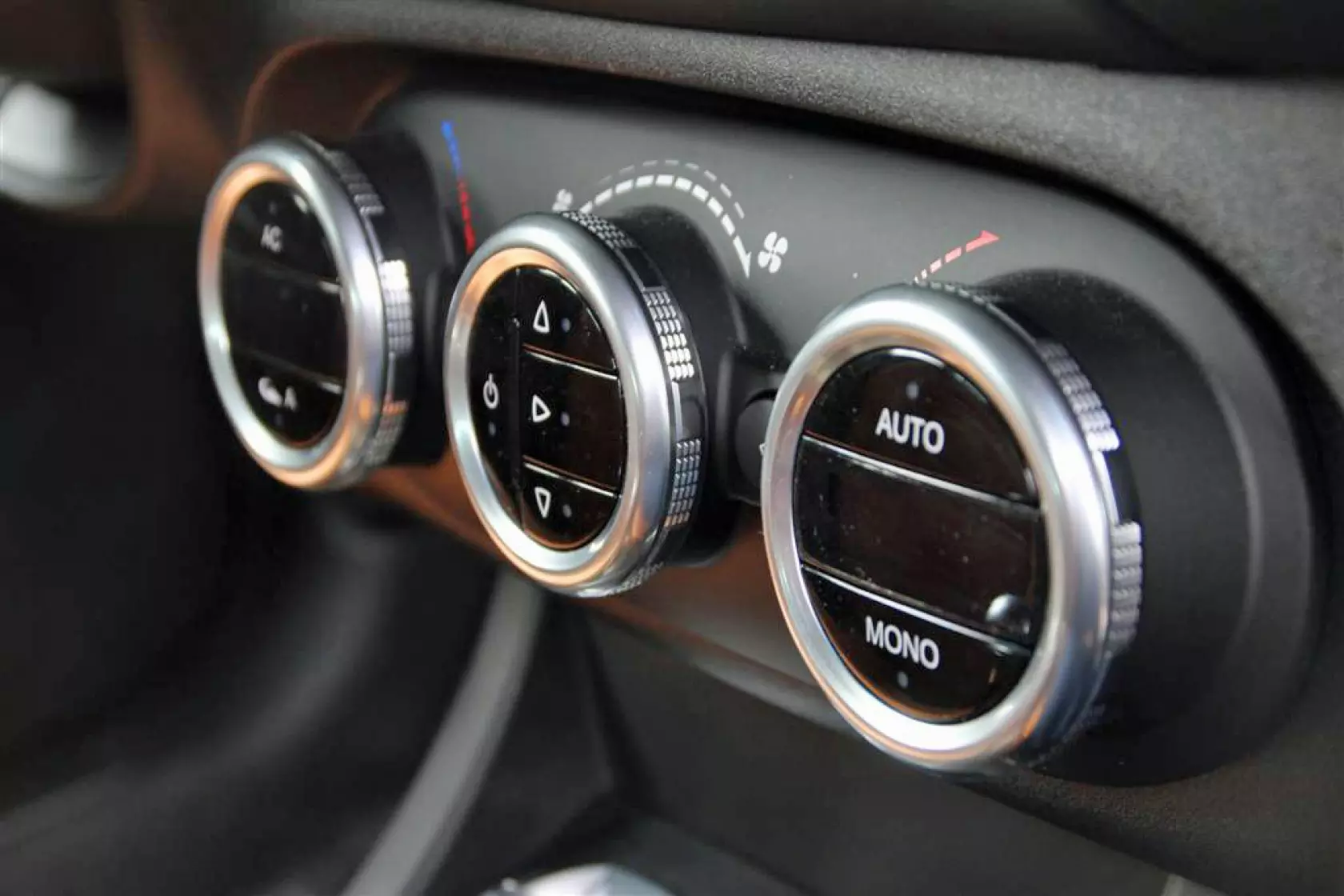 And here's a little piece of utility art
And here's a little piece of utility art 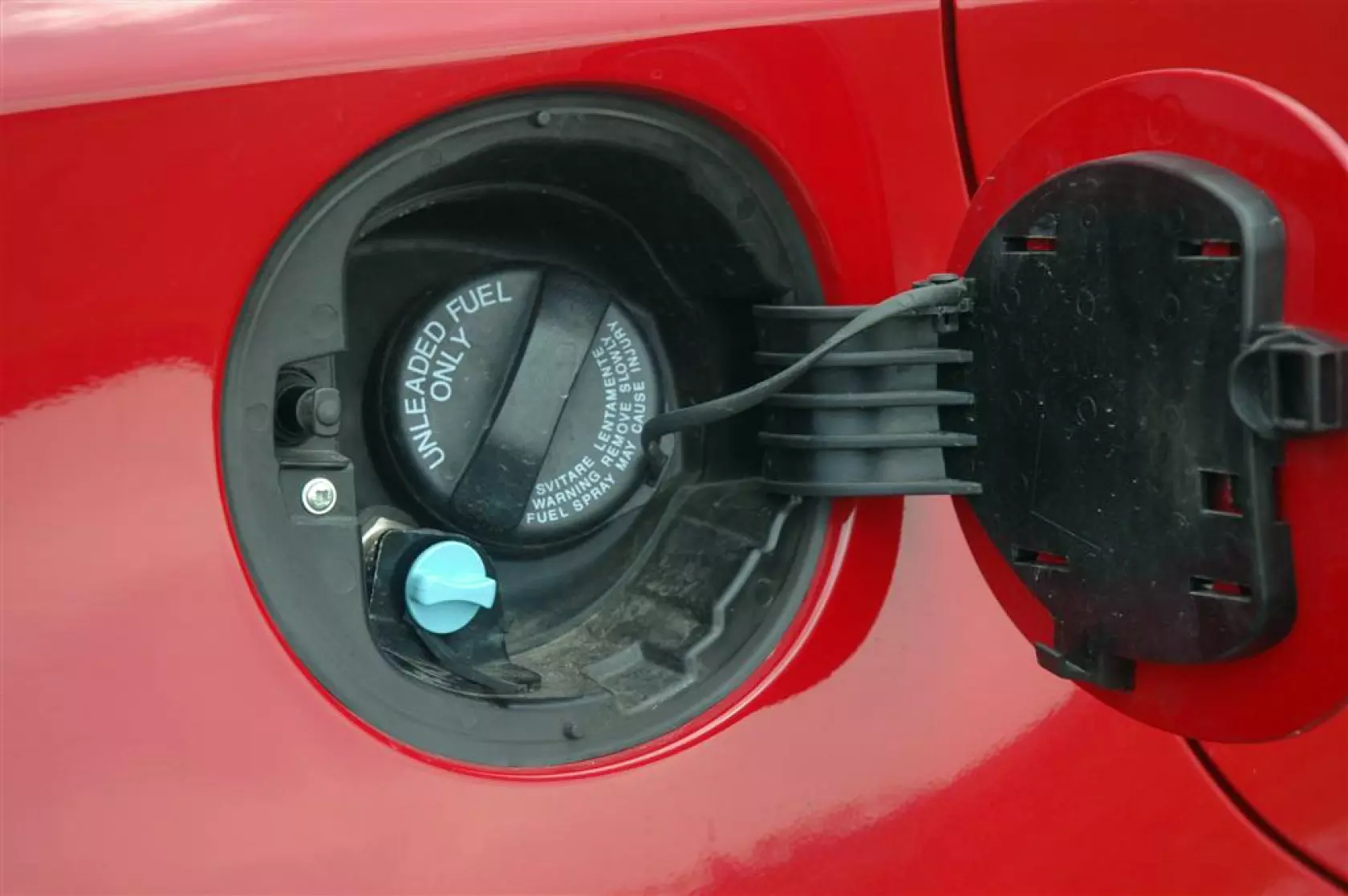 As for refueling: you open the petrol filler flap...
As for refueling: you open the petrol filler flap... 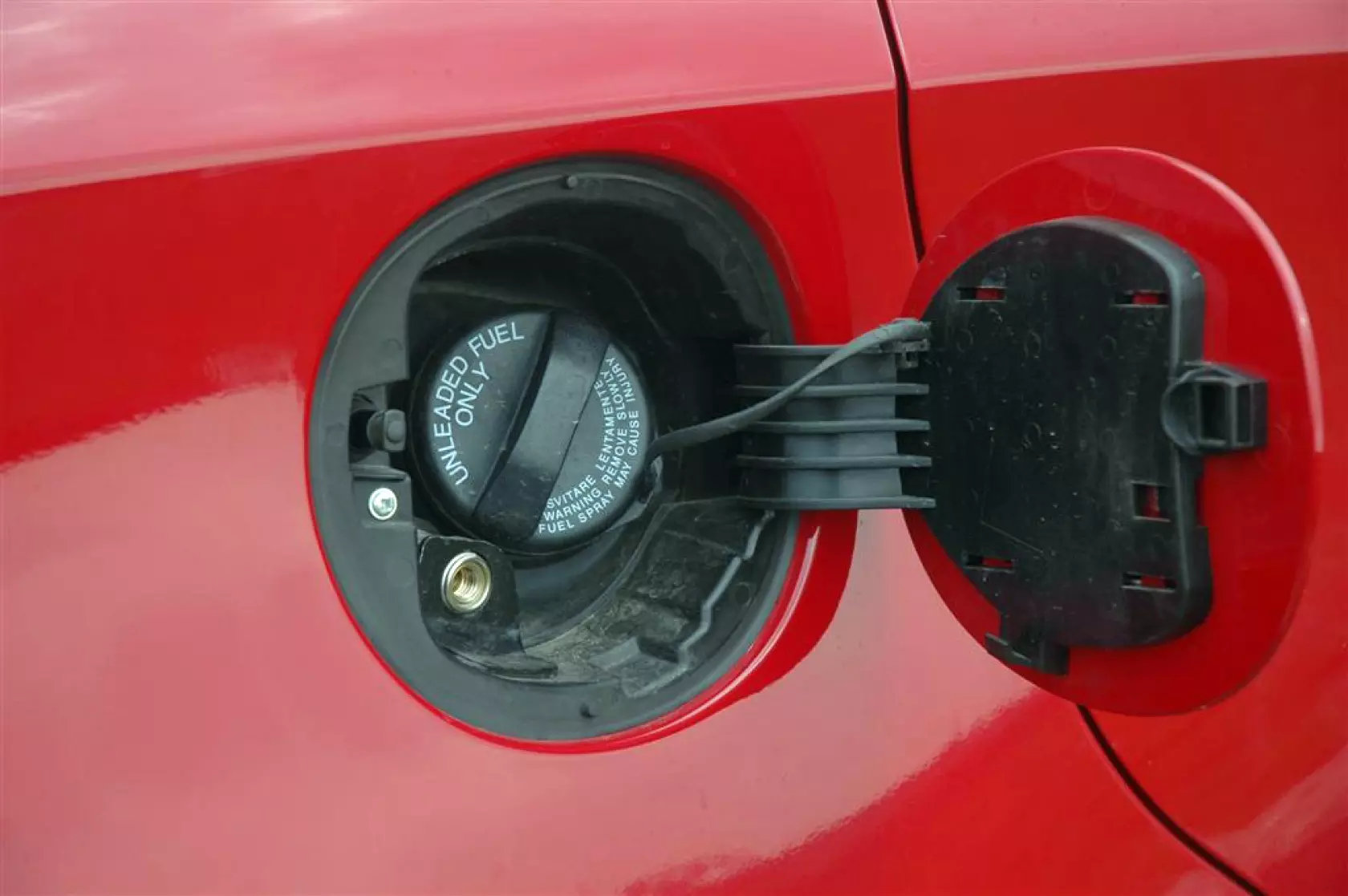 ... unscrew the plug...
... unscrew the plug...  ... screw in the adapter and fill her up!
... screw in the adapter and fill her up! 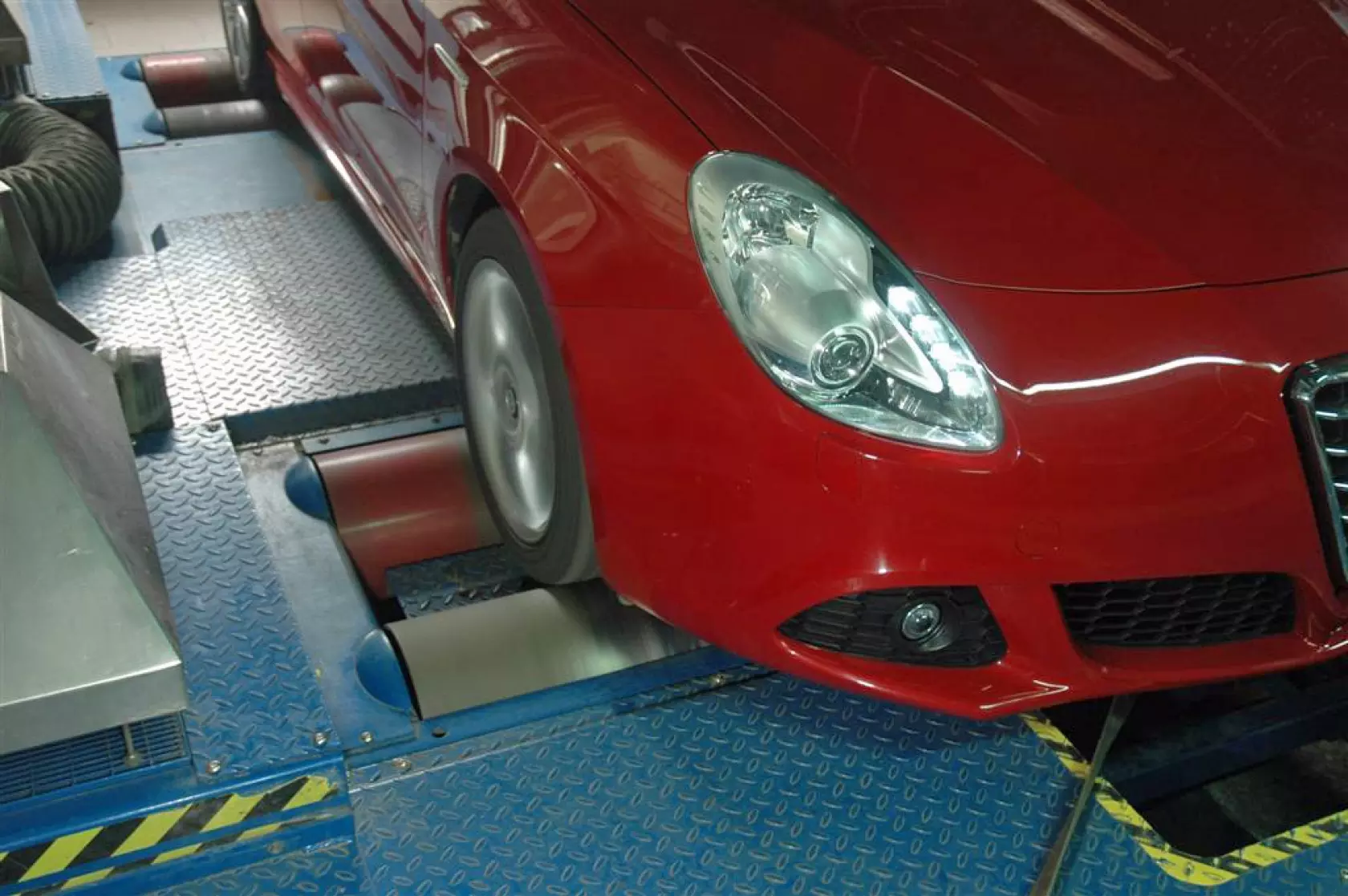 When put on a dyno, the Giulietta truly spread her wings
When put on a dyno, the Giulietta truly spread her wings 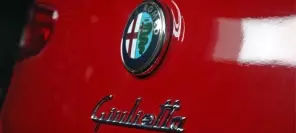












Fiat models have been available with factory LPG conversions for years. So have Alfa Romeos, but not in Poland. Not until recently, that is. When autogas-powered versions of MiTo and Giulietta debuted in their domestic Italian market, they were added to line-ups in several other countries within a short time. And so the cars are available and poised to slash fuel bills in half, although they require quite an investment for a start. But we'll get to that later.
The Giulietta, just like any other Alfa Romeo, is a car obliged to offer the driver very specific sensations and impressions – noblesse oblige. It's supposed to feature sporty handling along with saucy exhaust sound and to make you feel this is truly a driver's car. Which doesn't mean it can't treat the wallet with care and respect. It does, with the help of an efficient sequential autogas injection system, applying LPG instead of petrol into combustion chambers.
The result is simply brilliant. The DNA system, which changes engine, drivetrain and suspension setups, can be set to D (for Dynamic; the remaining ones are Normal and All Weather) position permanently to let the driver enjoy more spontaneous throttle responses, improved traction thanks to the electronically controlled limited-slip differential and a stiffer, more precise steering. In fact, the 120 PS engine is so zesty you could swear it's by some 20 PS more powerful. And indeed it is! Our dyno tests showed the engine churns out 138 PS on petrol and 143 PS on LPG! Now that's something we haven't seen before... When you combine the „extra” horsepower with low running costs and comfortable driving position (thanks to a well profiled seat), you get a car you're going to be reluctant when it comes to stepping out of it.
Especially that the engine is relatively small (at 1,4 l), so no matter how hard you press it, it just fails and refuses to consume large amounts of gaseous fuel. Achieving average LPG consumption above 10 l/100 km poses something of a challenge, although it's not impossible to get close to 12 l/100 km when stepping on it in urban driving. Still, the Giulietta's cruise control is efficient enough to make up for the loss in highway driving. Too bad the LPG version of the compact Alfa has been deprived of the start/stop system, standard on petrol-only examples of the Giulietta sporting the same engine. Interestingly though, it doesn't seem to affect CO2 emission figures – according to official data, with or without the start/stop system the 1,4 l, 120 PS Giulietta spits out 149 g/km. In LPG mode the figure drops to 134 g/km.
Unlike Italian cars of yore, the Alfa isn't scared of speed and doesn't give the driver goosebumps with its dodgy handling and unpredictable behaviour. We're fully aware of the fact true Alfisti may be enraged by this, but the Giulietta drives like a... German car! It's firm, calm, obedient and precise in its reactions.
And the autogas system? It earns a medal, although sometimes silver rather than gold. Switching to LPG after the morning startup happens quickly and seamlessly. The donut-shaped autogas tank seated in the spare wheel well holds approx. 38 l of fuel, which should suffice for some 400 km of range between refills. But nothing comes free – the tank forced a lift to the boot floor and, as a result, the cargo space shrank by 75 l, to 275 l. The process has been carried out precisely and carefully, though – every factory-converted car should be like that. The LPG refilling valve is placed beneath the petrol filler flap, where it is convenient to use (even though a screwed-in adapter is required every time).
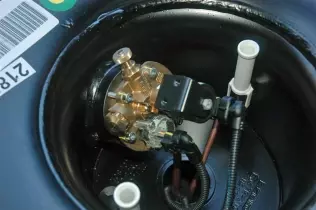 © gazeo.comFinally! The tank's multivalve cover has screw leads, so you don't have to try over and over again
© gazeo.comFinally! The tank's multivalve cover has screw leads, so you don't have to try over and over againWhat about the LPG-to-petrol-and-back switch? We always take notice of it, especially since we had the opportunity to drive the perfectly autogas-adapted Volkswagen Caddy BiFuel, featuring a switch neatly integrated into the dashboard. In fact, it's more of a button than a switch. But let's go back to the Giulietta. Its switch hovers stylistically somewhere in between those used in the aftermarket and OEM ones. It doesn't look exactly like those used for individual conversions, but it's and off-the-shelf product – all Fiat Group models (including the Panda and the Ducato alike) running on LPG or CNG use same ones. We believe the switch should be better integrated (in stylistic terms) with the interior, especially that Alfa Romeo has premium-market aspirations.
But that's nothing serious, really. More importantly, the switch doesn't warn the driver acoustically once autogas runs out! It just switches back to petrol seamlessly and quietly as if it's understood and you might end up driving on the more expensive fuel for quite a while before you actually notice it, undoubtedly to your own surprise. Unless you realise in time you should have run out of LPG already. We urge Alfa Romeo to improve that glitch as soon as possible – after all you buy an autogas-powered car to use the more affordable fuel as much as possible, not just occasionally.
Another thing difficult to accept is the LPG system's price. At 10000 zlotys (ca. 2500 euros), it's particularly expensive (given Polish conditions). Logically, scale economy should make the conversion cheaper than individual, aftermarket ones, while in fact the Giulietta's system is priced comparably to 2 or 3 similar systems available at private installers. Sure, a factory-made conversion requires extra engineering (new cylinder head with reinforced valves and valve seats, plus modifications making it possible to place LPG injectors nearer combustion chambers), but still we think it's overpriced. Incidentally, the system's components are supplied by Landi Renzo, although the outcome is a bit more than a stock Omegas.
Now, let's face it: is it worth it to cough up the extra penny (which is quite substantial after all) to have the Alfa run on autogas? Fiats are converted to order, by dealers' service stations, without specially re-engineered engines and work just fine, so why should anyone overpay for the privilege of having an autogas-powered Giulietta? Before we answer, we're going to have to wait and see the sales figures after the car actually spends a year or so on the market, but if we were to trust our instincts regardless of the price, we would buy the Italian compact blindfolded. Why? For a start, because it's a driver's car. Yes, the system will only pay back after some 70 thousand km of mileage (within 3-4 years of driving, on average), but if you're considering buying a Giulietta anyway, consider having it equipped with an autogas system. The petrol-powered version will make no savings over time at all (the diesel will, but only within a period nex to eternity), while the LPG-sipping Alfa gives you the prospect of riding in style, enjoying more than decent performance and getting some of the initially spent money back.
And since the car is a true pleasure to drive, you may find yourself driving more than you normally would, which means the investment in autogas may actually pay back sooner (although, obviously, after the same mileage). Once you get behind the wheel, you (consciously or not) choose longer, curvier routes just to enjoy the Giulietta's agility and handling for longer. Especially that LPG keeps your running costs down, further encouraging you to spend more time on your favourite piece of road. Is it just us or have we found the ideal woman?
Zobacz stronę producenta:
LandiRenzoYou may also find these interesting:
 loading results...
loading results...
